Geopolitical Tensions and Visa Delays Deter Indian and Chinese Students from the US
US Faces Major Decline in International Student Visas; India and China Most Affected
In an era where international education plays a pivotal role in shaping global talent and fostering cross-border collaboration, any disruption to student mobility carries far-reaching implications. The United States, long regarded as a premier destination for higher education, has recently experienced such a disruption, raising concerns across academic and policy circles. In May 2025, the U.S. witnessed a sharp decline in F-1 visa issuances, falling nearly 22% compared to the same month in 2024. This downturn has alarmed universities and prospective students alike, highlighting the fragility of international student flows in the face of administrative bottlenecks and geopolitical tensions. The decline serves as a stark reminder that even well-established education systems are not immune to external pressures that can reshape global academic landscapes.
According to official sources, the decline was primarily driven by a four-week suspension of visa interviews commencing on 27 May, which significantly curtailed processing capacity. In addition, the termination of SEVIS (Student and Exchange Visitor Information System) records and ongoing travel restrictions further exacerbated the challenges faced by international applicants. Notably, approximately 60% of the overall drop stemmed from reduced numbers from India and China, which have remained the top sources of international students in the U.S. for nearly two decades. In India, F-1 visa issuances fell from 11,829 in May 2024 to 6,984 in May 2025—a staggering 41% decline. Meanwhile, China experienced a decrease from 16,987 to 14,409 visas, representing a 15.2% drop.
Although India surpassed China for the first time in 15 years as the leading source of international students in the U.S., both countries still accounted for over 54% of the international student population in 2023–24. The IIE’s Open Doors report revealed that over 330,000 Indian and approximately 275,000 Chinese students—including those on OPT—were studying in the U.S. during that period. This year-on-year decline aligns with findings from ApplyBoard, which reported that F-1 visa issuances in H1 2025 fell below 100,000 for the first time in four years. Visas issued to Indian students dropped by 44%, from 30,854 in H1 2023 to 14,700 in H1 2025. Similarly, Chinese student visas declined from 14,709 in H1 2024 to 11,167 in H1 2025—a 24% reduction. John Wilson of Wilson International Student Elite Recruiting noted that contacts in China were advising students to postpone their U.S. study plans until January 2026. Concurrently, Anna Esaki Smith of Education Rethink observed that Chinese student numbers had already been declining, with a 4% drop in 2023–24 to 277,398—down over 100,000 from the 2019–20 peak of 372,532.
Moreover, an increasing number of Chinese students are exploring alternative destinations such as Hong Kong and Japan, drawn by lower tuition fees and a more familiar cultural environment. The prevailing political climate in the U.S. has also contributed to waning interest. Earlier proposals to ban Chinese study visas on national security grounds gained traction following U.S. Secretary of State Marco Rubio’s pledge to revoke visas for students linked to the Chinese Communist Party or enrolled in sensitive disciplines. Despite former President Donald Trump’s remarks suggesting a more lenient stance on Chinese students, both Chinese and Indian applicants appear increasingly cautious. Chinese authorities have reportedly advised students to exercise discretion when applying to universities in certain U.S. states where new restrictions have been introduced.
Esaki Smith further remarked that while some determined students still aspire to attend top-tier U.S. institutions, the overall unwelcoming environment is discouraging and likely to deepen the decline in Chinese enrolments. She noted growing hesitation among students and their families. Charles Sun, founder of China Education International, added that Chinese students are closely monitoring Trump’s actions and no longer consider the U.S. their default choice. Many are now applying to universities in other regions, including Hong Kong, Australia, the United Kingdom, and Singapore. He also highlighted the Chinese government’s support for transnational education (TNE) programmes within China as a viable alternative.
Recent data indicates a shift in undergraduate preferences, with a 10% increase in applications to U.K. universities via UCAS. Nonetheless, many education experts believe the decline in U.S. interest may be temporary, as families adopt a cautious, wait-and-see approach. John Wilson reiterated that his contacts in China are advising students to delay plans until January 2026 or pursue online study from within China. He emphasised that despite their contributions to U.S. education, Chinese students are often viewed with suspicion by the Trump administration, which has eroded their confidence.
Wilson stressed that respect is paramount for Chinese students, who are increasingly anxious due to reports of student arrests, social media scrutiny, strict SEVIS regulations, and revoked visas. Although India remained the top source of F-1 visas in early 2025 despite a 44% drop, some Indian consultancies reported outbound student traffic falling by 70–80%. Many students are checking portals daily for interview slots, yet the U.S. Embassy in India has stated that summer appointments cannot be guaranteed without prior bookings.
Indian applicants are also exercising greater caution due to intensified social media vetting and background checks. U.S. university representatives in India have urged full transparency, citing delays caused by undisclosed online activity or U.S.-based relatives. Mumbai-based consultant Viral Doshi noted that Indian students admitted to Ivy League institutions are being advised to return home post-graduation, given limited job prospects in the U.S. and more promising opportunities in India for further study, entrepreneurship, or employment.
Vinita Desai, senior adviser at Lehigh University, acknowledged the current challenges but affirmed that many U.S. universities, particularly private and mid-sized institutions, remain committed to India. These universities are adapting their outreach strategies, refining branding, and highlighting institutional strengths to engage Indian students. She expressed confidence that India continues to view the U.S. as a leading destination for innovation and research, and believes the slowdown is temporary, with interest likely to rebound as policies become clearer. While the current decline in F-1 visa issuances reflects a complex interplay of policy, perception, and procedural hurdles, many experts anticipate a gradual recovery as institutions and governments recalibrate their approaches.
Editor’s Note:
The recent decline in F-1 visa issuances to international students, particularly from India and China, highlights a growing fragility in the global education ecosystem. The United States, traditionally regarded as a top destination for higher learning, is facing mounting challenges that stem not only from administrative delays and policy uncertainty but also from shifting perceptions among prospective students. As geopolitical tensions, intensified scrutiny, and visa backlogs reshape international student mobility, universities must take a more proactive and transparent approach to engagement. The concerns raised, ranging from job market uncertainty to cultural receptivity and national policy shifts, are not just logistical, but deeply personal for students and their families.
Skoobuzz emphasises that students’ confidence is closely tied to consistency, respect, and clarity in immigration and academic policy. For the U.S. to maintain its global standing in education, restoring trust and fostering a more welcoming environment will be essential.







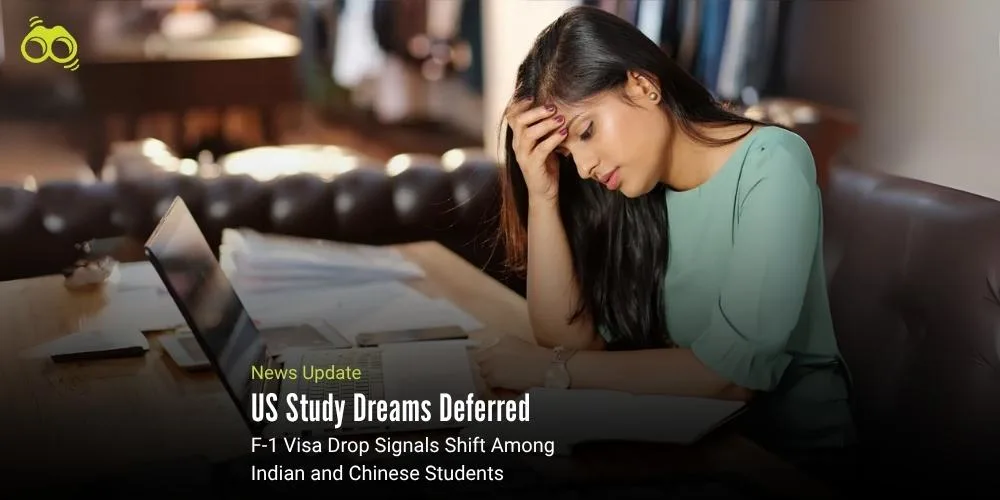

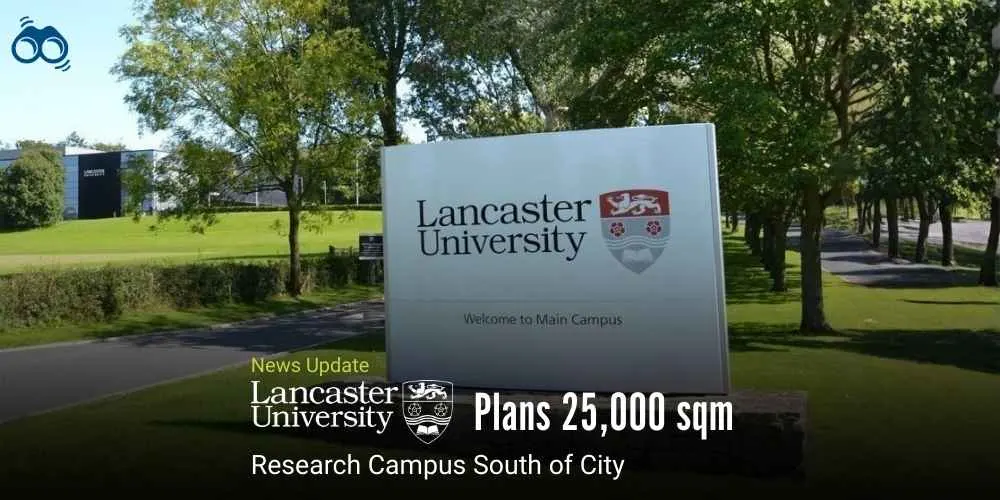
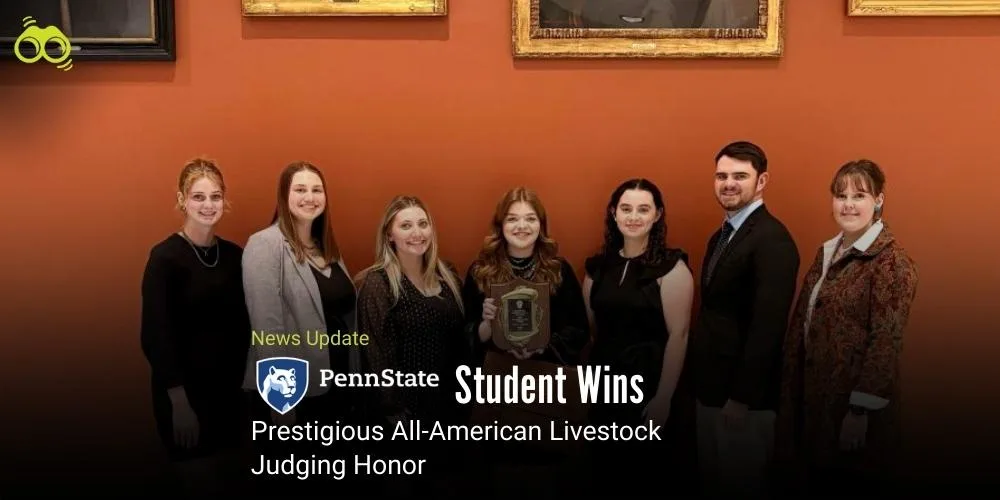
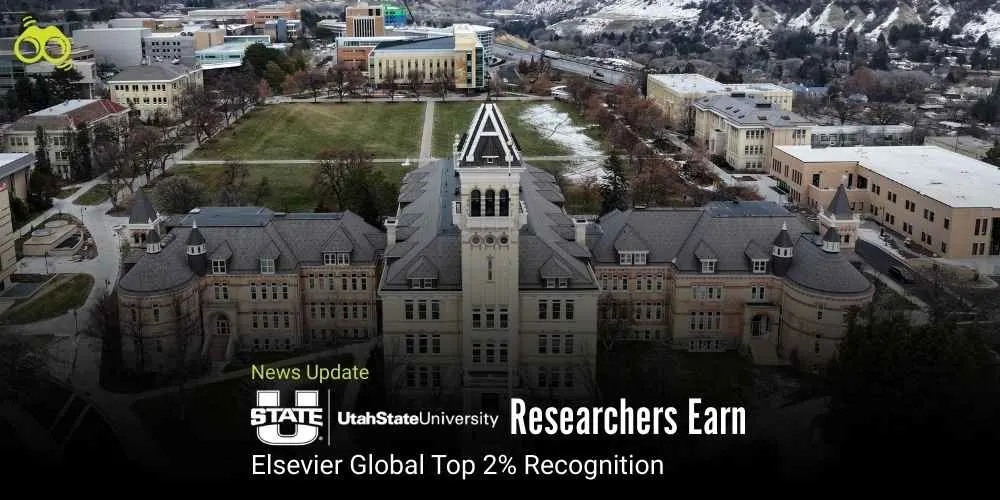
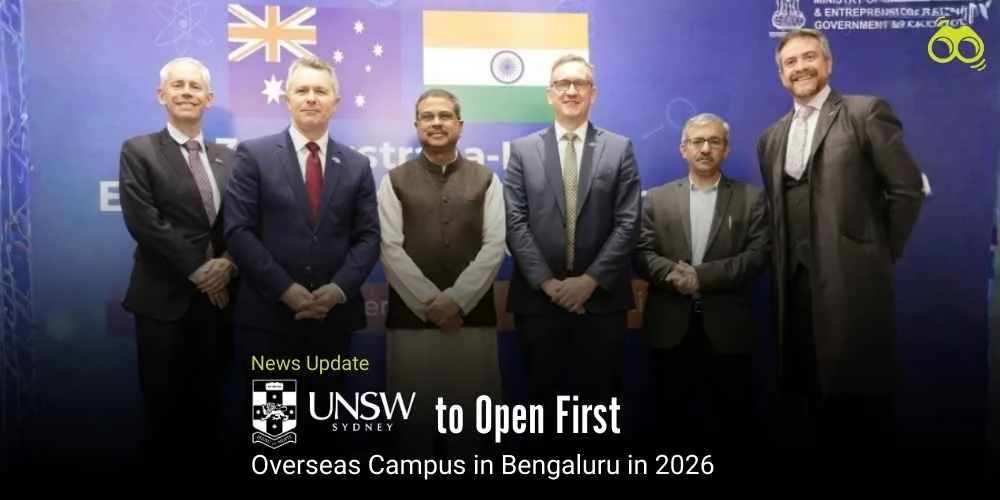

0 Comments (Please Login To Continue)